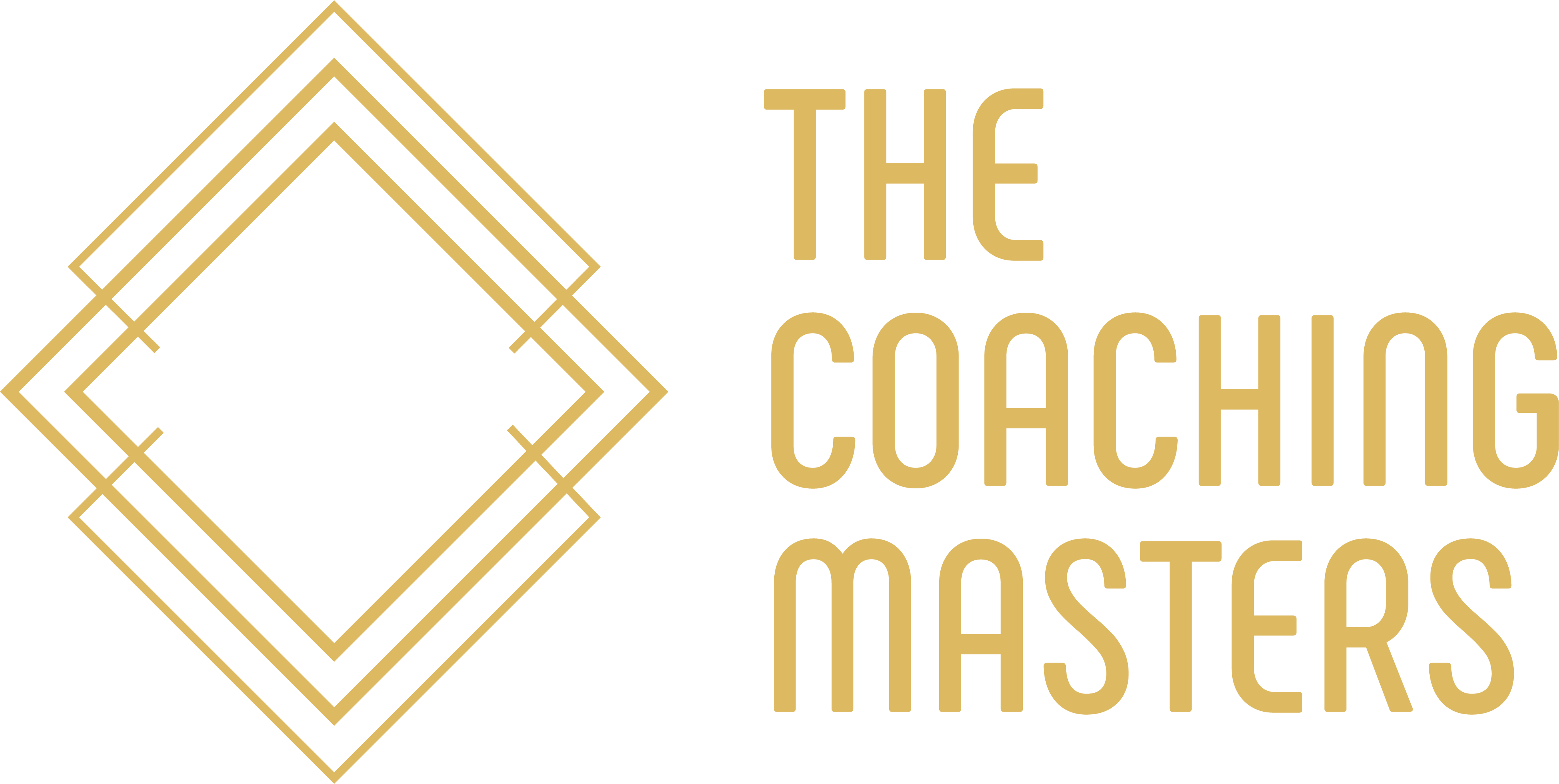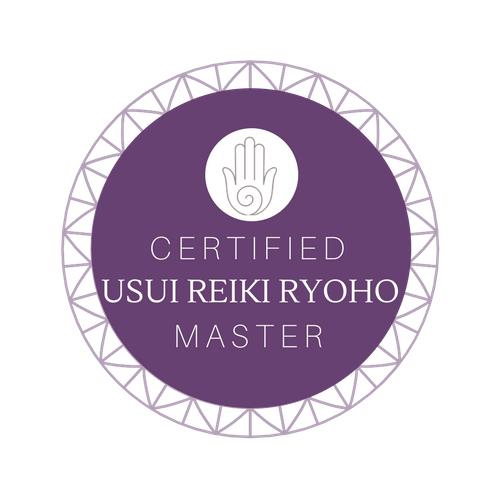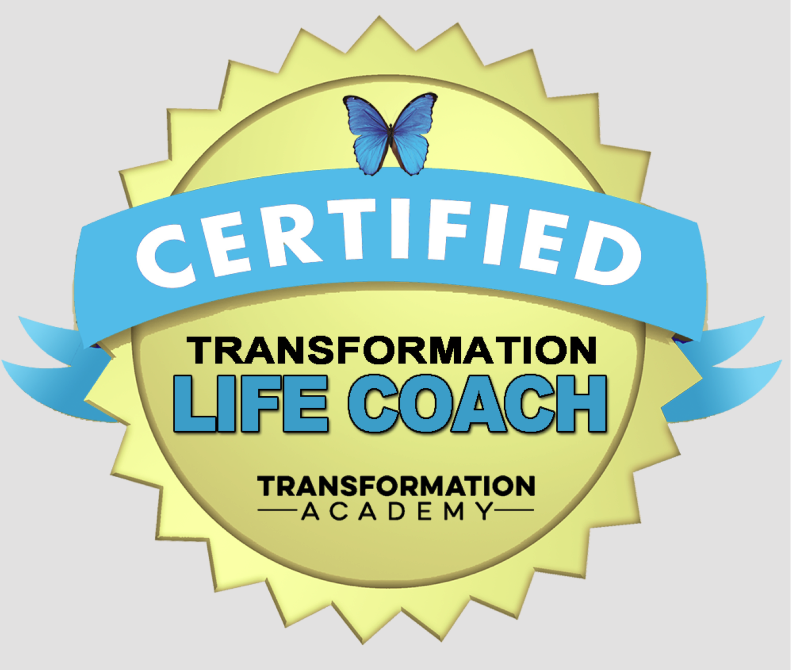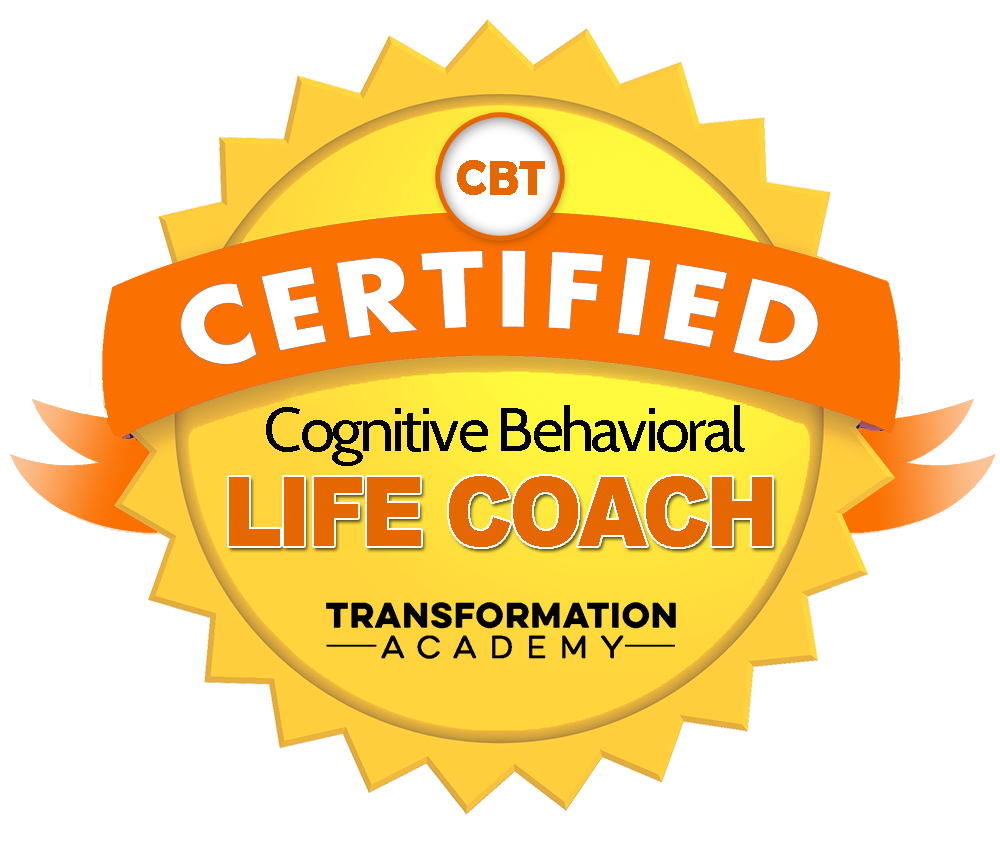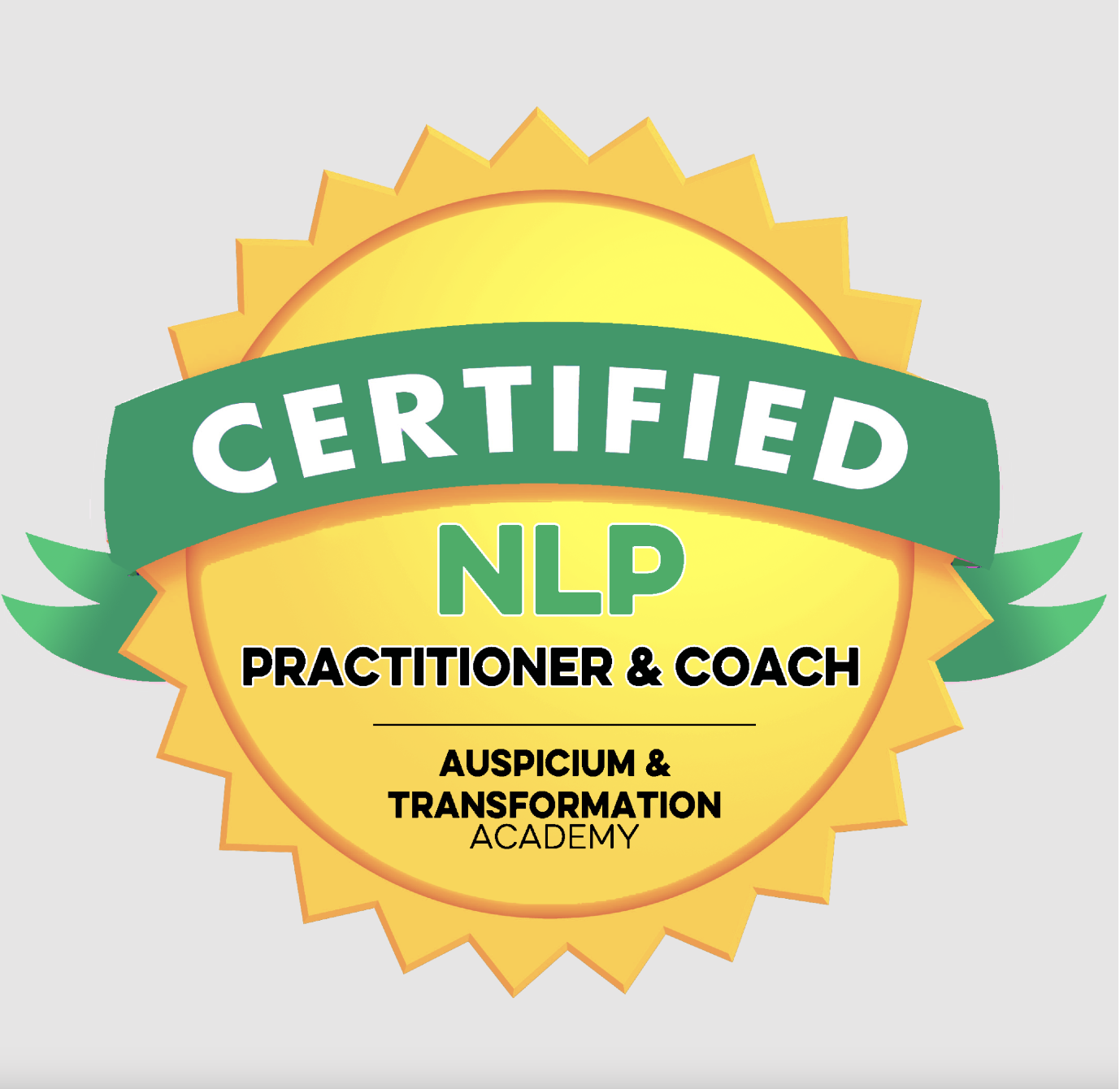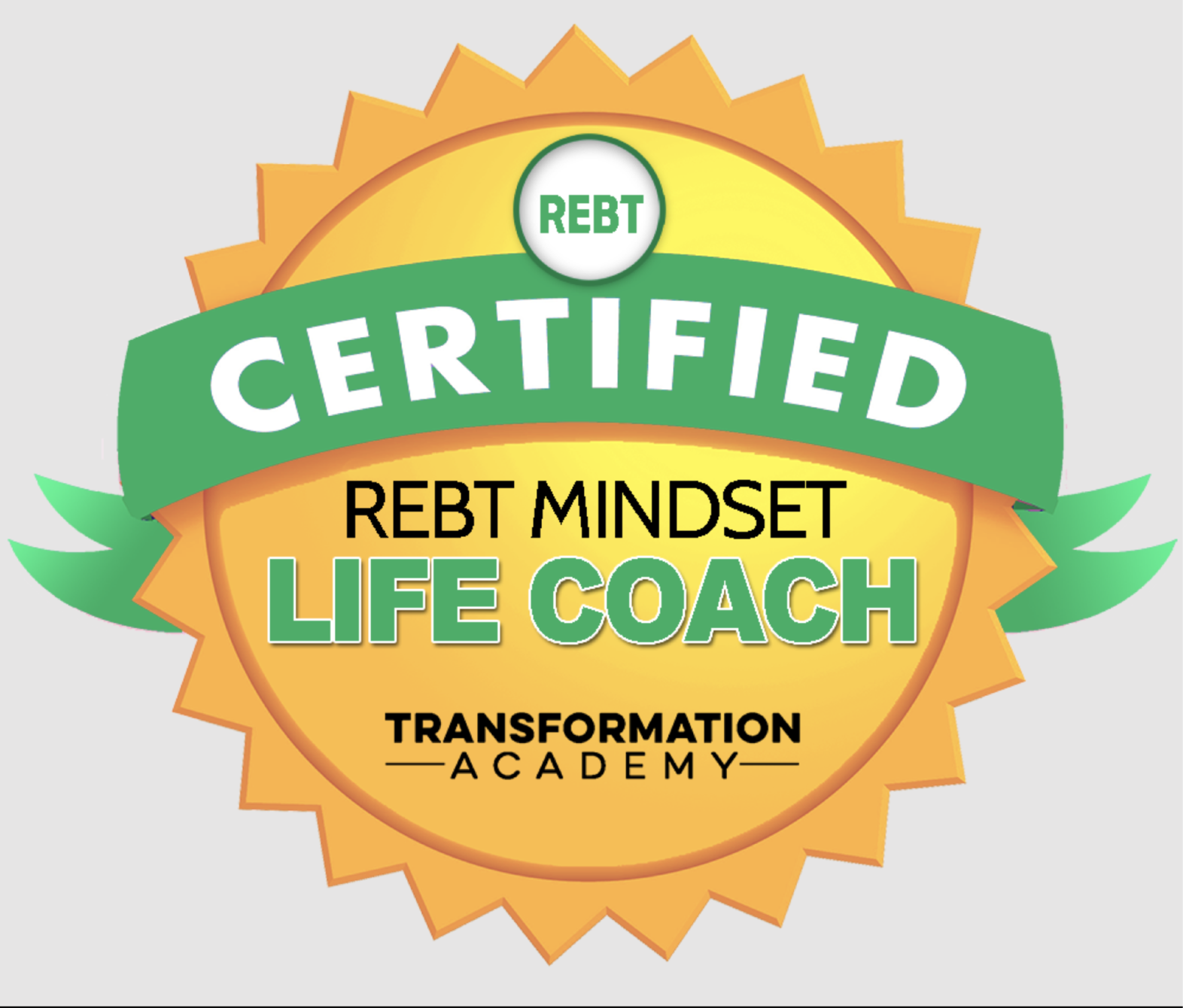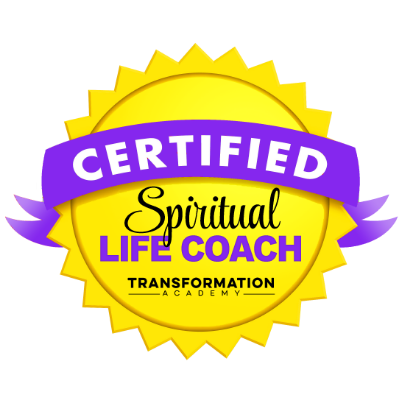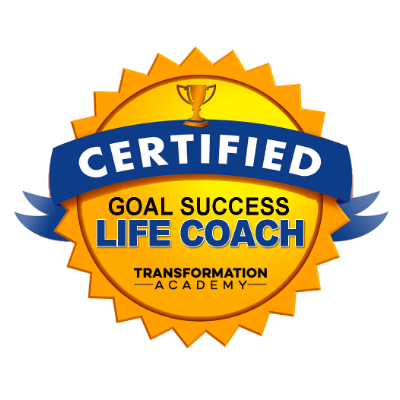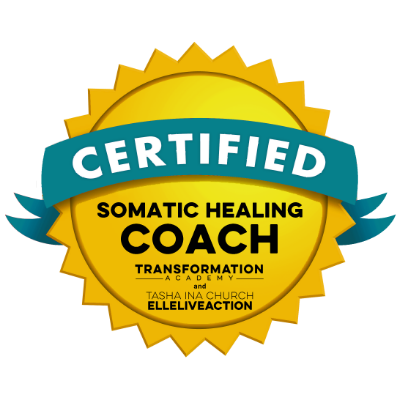Tai Chi An Overview
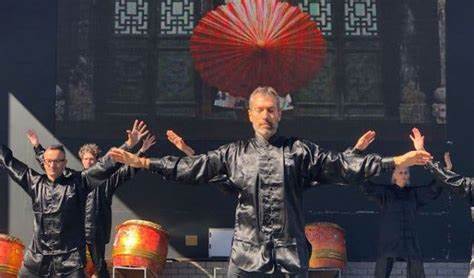
If you translate Tai Chi (Taiji), it would mean “Supreme Ultimate Force”. It is somewhat a state of infinite and absolute potentiality. It tackles the concept between yin and yang or the Two Aspects governing the Four Realms and Five Elements. Using those very important aspects, the world is created. Tai Chi also means “unity, one, or being able to attain oneness.”
With the use of the concept of positive and negative energy, Tai Chi is a form of force that can be assumed as a dual dynamic state in which force coming from within the body is used as a means of achieving supreme and ultimate discipline in oneself.
Today, Tai Chi is practiced in many parts of the world including the Western World. It can be a moving meditation and yoga combined. Tai Chi has many forms or sets that consist of several sequential movements derived from martial arts that can be in the form of imitating the movements of different kinds of birds and animals in the most gentle and invigorating way. Even if it is a kind of movement involving martial arts, Tai Chi is done softly and gracefully entailing smooth transitions in between.
Practitioners see Tai Chi as a meditative interaction between the mind, body, soul, and the environment. They don’t see it as a martial art technique but as an exercise to calm the body. Some consider Tai Chi as a combat interest because of its considerable force.
Concerning Chinese medicine and philosophy, the existence of “chi” is important to the vitality that enables us to animate the body. One of the many aims of Tai Chi is to promote the circulation of the “chi” throughout the body. By promoting this belief, the vitality and health of a person is normally enhanced. Once the “chi” circulates the body, it goes to the pattern of the vascular and nervous system and any organ correlated to it. Thus, making Tai Chi connected with the principles of oriental healing and acupuncture.
One of the most familiar aims of Tai Chi is fostering the calmness and tranquility of the mind. One’s mind must be focused on executing the exercise precisely because doing it properly provides an avenue to learn things about balance, motor control, alignment, movement rhythm, and the list goes on. If the person practicing Tai Chi can practice it every day, then he or she will reach the extent of being able to stand, run, move, and walk in a better position. It also touches some of the spheres in a person’s life as well.
There are numerous benefits seen by practitioners regarding Tai Chi. One of which is inhibiting the correct posture and alignment of the body which lessens further injuries and tension.
Push-hands is a kind of Tai Chi that involves two persons. Here, principles regarding Tai Chi are applied in a manner that the response of the other person is developed more sensitively. It is an opportunity to exhibit martial arts aspects in a kind of slow-motion combat, without hurting the opponent.
An emphasis that Tai Chi has channelled through its practitioners is that they can give out an energy that may be in the form of destructive behaviour or context without dissipating that energy in a harmful way.
Chen Style Tai Chi: An Overview of Skill and Mastery
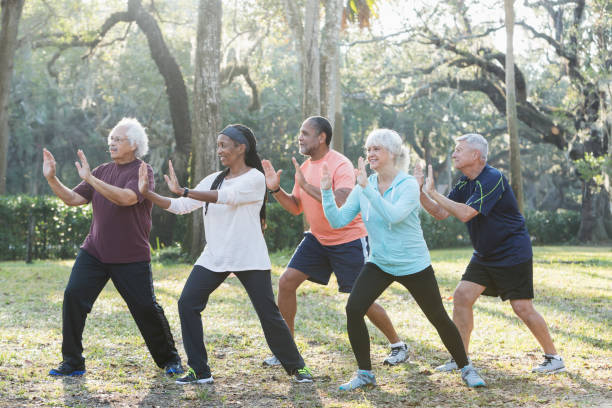
The Chen style of Tai Chi is considered the purest martial art. It is performed with dignity and is designed to be the art of skills and techniques. Through mastery, one can use the Chen style not only to disable and hurt an opponent but also to cripple and kill.
History
Chen style was developed more than 350 years ago. This was during the time of the Ching Dynasty. Chen Wang Ting, who lived in Chen Village, was the one who introduced and taught the martial art. He was an experienced commander in the military who was an expert in medical skills. He based his art and teachings on his family’s fighting skills and combined them with his external resources. His knowledge was passed from generation to generation but was exclusively meant for the men of Chen Village.
Hundreds of years have passed. It was not so long ago since the art was disclosed to the people. And as time has wandered, so has the Chen style. It reached parts outside the village and it resulted in the people accepting and making other styles of Tai Chi.
The history of Chen Tai Chi brought about different characteristics to the styles used in Kung Fu. The core always comes down to two important principles: external and internal. It’s all the same principle. Externally, every physical movement is made visible while in the internal aspect, energy is used to move the body. Without thought there is no chi and therefore, no motion.
Principles and Beliefs
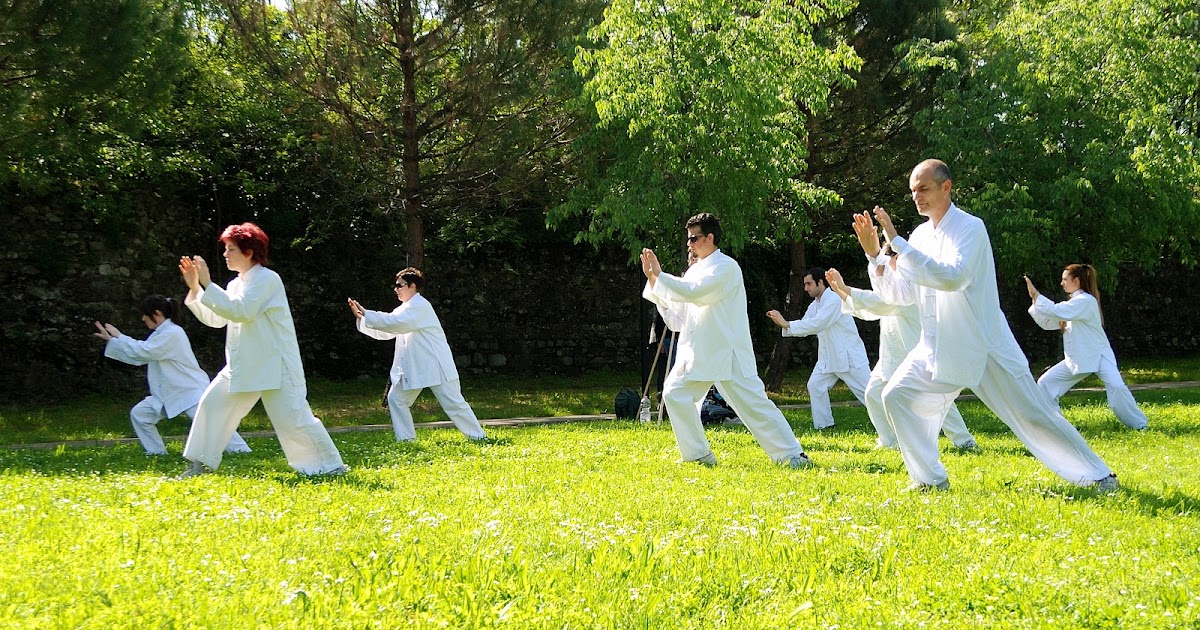
Before engaging in Tai Chi, whatever style it might be, people must first understand the components of Yin and Yang. Opposing properties’ balance is created in a strong aura to unify the moves in Kung Fu.
In due time, Chen-style Tai Chi brings coordination and balance internally to the entire aspect of the body. In return, the body will become more aware of its surroundings and will use it for its advantage as a sort of self-defence.
Tai Chi, in general, looks timid empty and timid but if identified more clearly, one will realize that it is the internal balance that one must achieve. Spiralling circular movements are used to transfer the internal chi inside the body.
The mind is also an important part of the entire martial art. It is focused on the applications of Tai Chi for combat and emanate proper health that will circulate through the entire nervous system. The most important aspect of Tai Chi is that it can energize the blood that will be most beneficial to the systems inside the body.
Chen Style Explained
Chen style Tai Chi is one of the most difficult types of Tai Chi to learn. It requires a high level of art that is needed in the demands of life. Primarily, Chen's style is concerned with self-defence but as it progresses, it offers more namely wisdom about kinetics, physiology, psychology, aesthetics, and body mechanics.
Chen is characterized by a deep stance, twists and circles, and a varied pace. The hand is formed as the index fingers of both hands are extended at an angle that forms a plane. The pace varies from a standing position and explosive powerful moves.
Click the link below to book your free clarity call or free virtual coffee chat.
Grab a copy of our newletter by completing the form below, this will then be sent to your inbox every month.
My Affirmation For The Week
"Every act of creation is first of all an act of destruction."
